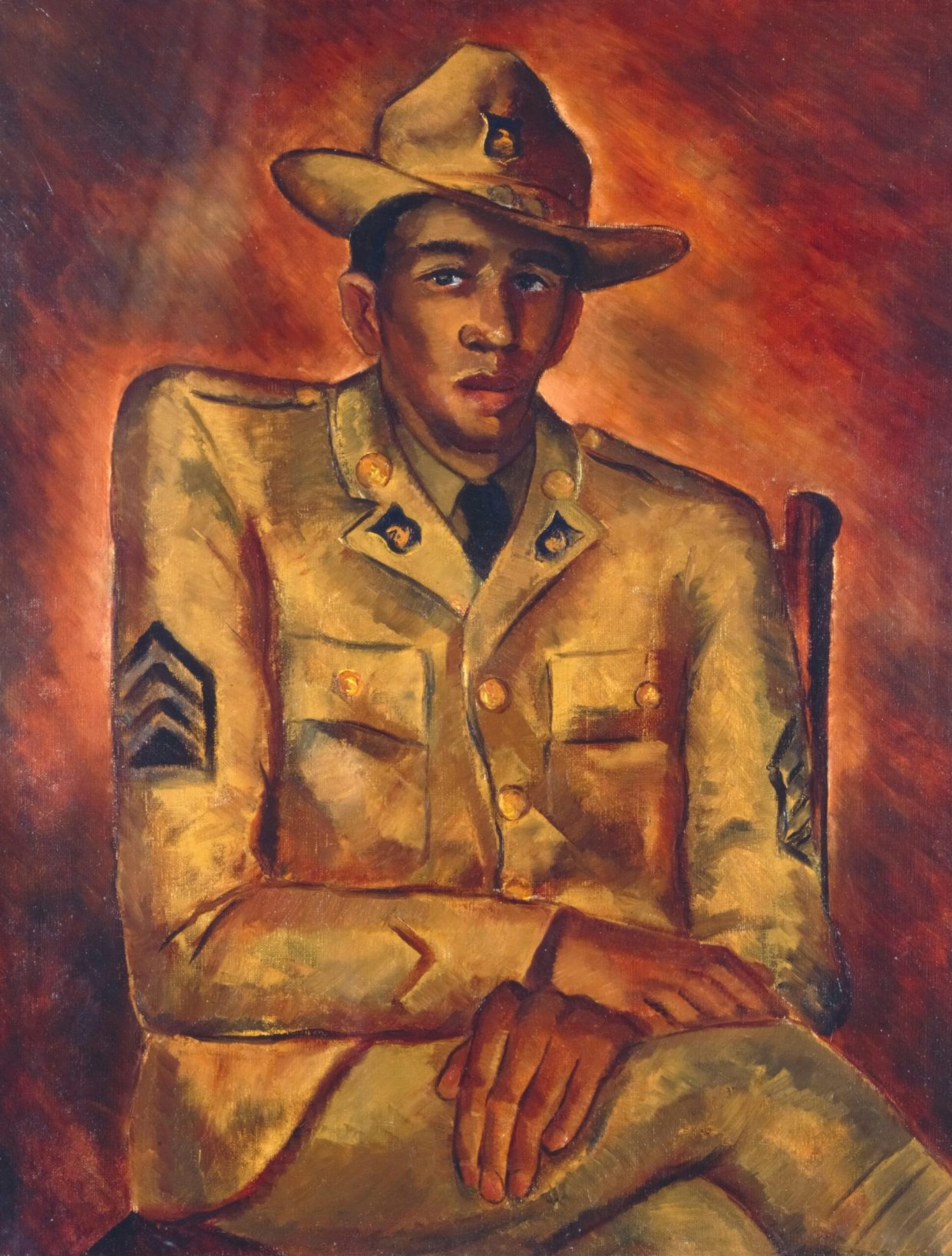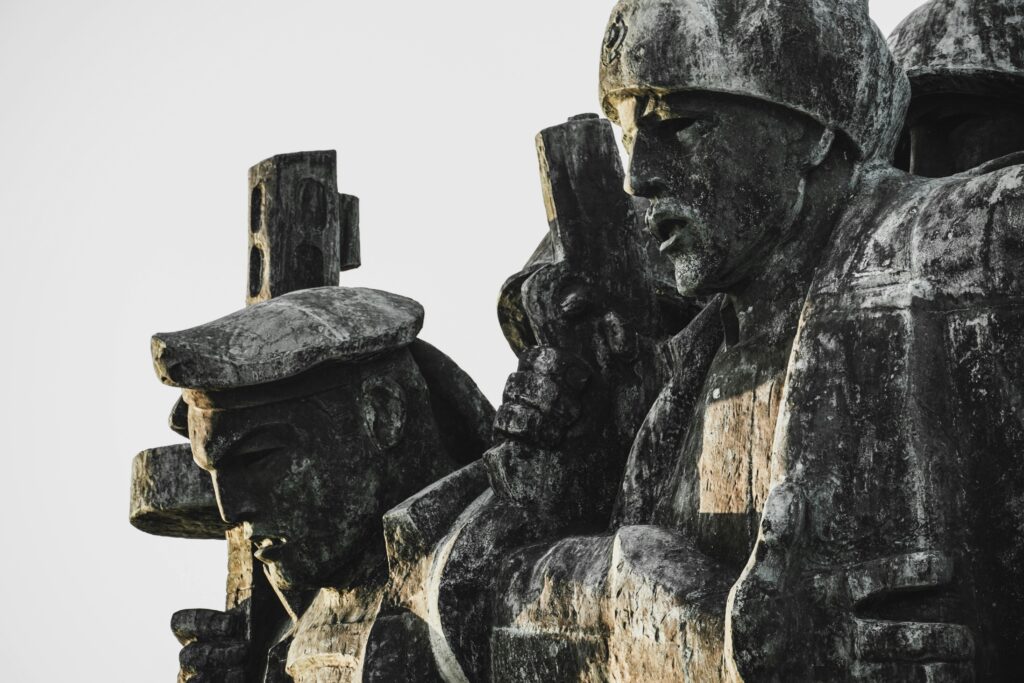War is often seen through the lens of conflict and destruction, but its impact runs much deeper—reaching into the very heart of how nations see themselves. One of the most fascinating ways this influence shows up is through art. From powerful paintings to stirring music and evocative literature, war has a unique way of shaping national identity and telling stories that resonate across generations. In this blog, we’ll explore how different art forms capture the complexities of war, helping countries understand who they are and what they’ve endured. Whether you’re an art lover, history buff, or just curious, join us as we uncover the creative ways war leaves its mark on national identity.
Table of Contents
- Understanding the Emotional Impact of War on Artistic Expression
- Exploring How War-Inspired Art Fosters National Unity and Pride
- The Role of Storytelling in Preserving Wartime Experiences Through Art
- Tips for Supporting and Promoting War-Inspired Art in Your Community
- Wrapping Up
Understanding the Emotional Impact of War on Artistic Expression
War leaves an indelible imprint on the human psyche, igniting a spectrum of emotions that range from profound sorrow to fierce resilience. These intense feelings inevitably find their way into artistic expression, transforming canvases, melodies, and performances into powerful narratives of pain, hope, and defiance. Artists become conduits for collective trauma, channeling their personal and communal experiences into creations that resonate far beyond the battlefield. Colors grow bolder, strokes become more urgent, and lyrics laden with melancholy or courage emerge, capturing the complex tapestry of emotions that war stirs.
Through various art forms, societies document and process the chaos of conflict, allowing future generations to witness the emotional landscapes of their ancestors. This cathartic process often leads to:
- Redefinition of cultural symbols—transforming familiar icons to reflect new realities.
- Emergence of new artistic styles influenced by upheaval, such as raw realism or abstract interpretations.
- Amplification of national narratives—art serves as a rallying cry or mourning song for shared identity.
Ultimately, these artistic responses forge a unique lens through which the emotional weight of war is immortalized, bridging the personal with the national and allowing art to serve as both witness and healer.
Exploring How War-Inspired Art Fosters National Unity and Pride
Throughout history, art inspired by war has served as a powerful medium to unite people under a shared narrative of resilience and patriotism. Whether through poignant paintings, stirring music, or evocative literature, such artistic expressions capture the collective sacrifices and heroic feats of a nation. They become visual and emotional symbols that not only commemorate the past but also foster a sense of belonging and pride among citizens. This creative reflection of wartime experience helps to stitch together diverse communities by reminding them of their common struggles and victories.
Beyond memorializing, war-inspired art often acts as a catalyst for national identity by highlighting key themes that resonate deeply with the public:
- Valor and Sacrifice: Depictions of bravery inspire admiration and respect.
- Unity Across Differences: Showcasing collective effort across regions, ethnicities, and social classes.
- Hope and Renewal: Emphasizing recovery and the promise of a brighter future post-conflict.
These elements create a shared cultural vocabulary, strengthening communal bonds and nurturing a collective pride that transcends generations.
The Role of Storytelling in Preserving Wartime Experiences Through Art
Throughout history, storytelling has been an essential conduit for immortalizing the emotional and psychological realities of war. When conveyed through artistic mediums—be it painting, literature, music, or theater—these narratives transform firsthand experiences into universally resonant symbols of resilience, loss, and hope. Art breathes life into individual memories, contextualizing them within the broader societal framework and ensuring that the complexities of conflict are never forgotten. By preserving personal accounts through creative expression, communities forge a shared identity rooted in both suffering and strength.
Artistic storytelling during and after wartime serves several powerful functions:
- Healing: Offering catharsis for survivors and witnesses alike.
- Education: Informing future generations about the sacrifices and realities of war.
- Resistance: Challenging dominant narratives and promoting peace.
- Memory Preservation: Capturing moments that history books alone cannot fully convey.
These dynamic stories, embodied in art, become vital threads in the fabric of national identity, reflecting the enduring impact of conflict on the collective consciousness.
Tips for Supporting and Promoting War-Inspired Art in Your Community
Engaging with war-inspired art not only honors history but also fosters deeper understanding within your community. Start by hosting local exhibitions or collaborating with artists who explore wartime narratives through painting, sculpture, or performance. Consider organizing workshops or panel discussions where artists can share the stories behind their work, sparking dialogue about how conflict influences national identity. Creating spaces where art and history intersect encourages empathy and reflection, and brings a fresh perspective to commonly held narratives.
Supporting this vibrant artistic expression doesn’t mean stopping at events—try integrating these works into educational programs or community centers. Promote these artists on social media platforms using targeted hashtags and engaging storytelling to amplify their reach. Encourage local media to cover exhibitions or art projects that highlight war’s impact on identity, helping to build wider recognition and respect. Remember, even simple acts like purchasing art, commissioning pieces, or volunteering help sustain creators who bravely translate conflict into compelling, meaningful art.
- Collaborate with museums and libraries to feature war-inspired artworks in rotating displays.
- Support artist residency programs that allow creators to deeply explore themes of war and identity.
- Encourage storytelling through multi-disciplinary events that combine visual art, poetry, and music.
- Use social platforms like Instagram and TikTok to showcase behind-the-scenes looks at the creative process.
Wrapping Up
As we’ve seen, war’s impact on national identity extends far beyond politics and history books—it seeps into the very heart of a nation’s creative spirit. Through powerful art forms, countries tell stories of resilience, pain, and hope, helping us understand their past and envision their future. Next time you encounter a war-inspired painting, poem, or song, remember it’s not just art—it’s a window into the soul of a nation shaped by conflict and courage. Thanks for reading, and stay curious about the stories art continues to tell!













